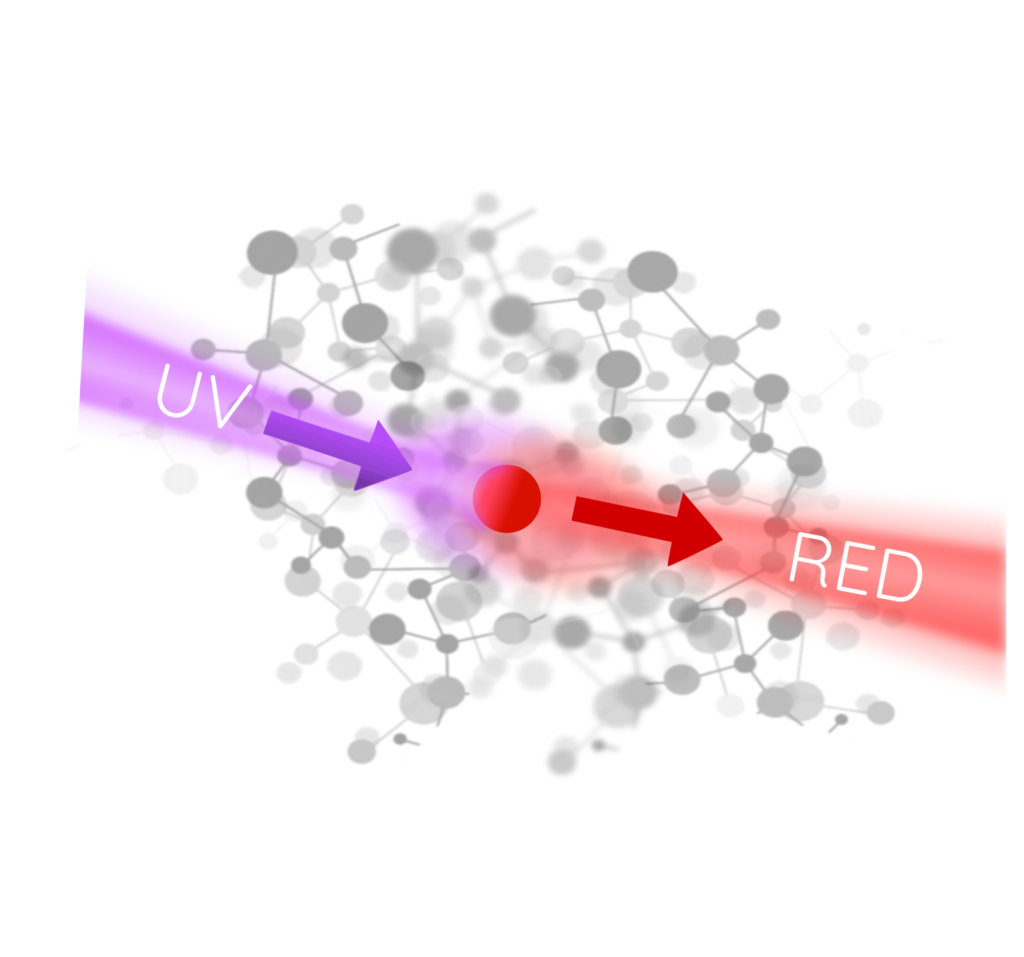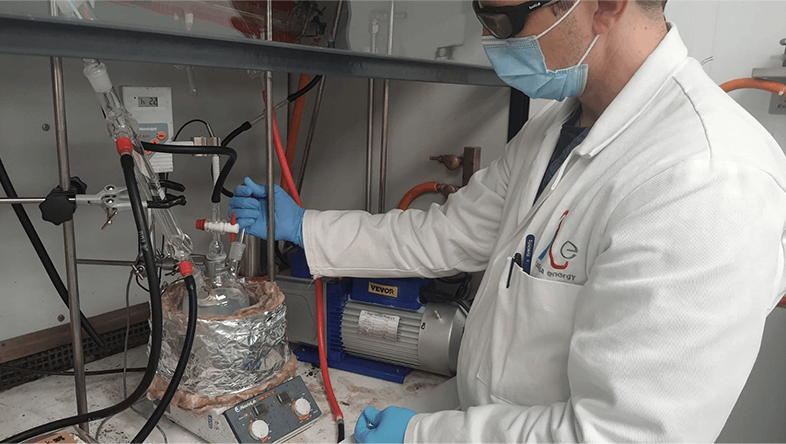How it Works

Our advanced materials are designed to efficiently convert incident high-energy (UV) light into lower-energy (red) light, a process known as luminescent downshifting.
We are synthesising molecules in-house using our labs at the University of Cambridge and incorporating them into polymer films. Through a process called doping, adding small amounts of other elements into the molecule, we expect to obtain materials with Luminescent Downshifting and Quantum Cutting properties.
Lambda has won UK-government funded projects under the Energy Entrepreneurs Fund in October 2021 and again in 2022, in partnership with academic partners from the University of Cambridge and the University of Bath for the design and scaleup of the active molecules.


Prof Dominic Wright, Department of Chemistry, University of Cambridge
Prof Dominic Wright has expertise in broad areas of synthetic inorganic chemistry and is experienced in bottom-up synthesis of photonic and energy materials. He is the author of over 360 papers and book chapters and named inventor of at least eight international patents. Lambda has been working closely with Dominic’s research group since the beginning of 2021 via several UK government grants, under which the Wright group has isolated candidate materials for down-shifting and codeveloped the molecule for Lambda’s minimum viable product (MVP).

Prof Petra Cameron, Centre for Sustainable and Circular Technologies (CSCT), University of Bath
Petra is a Senior Lecturer within the University of Bath with 18 years’ experience working in the area of advanced energy materials and photovoltaics. She leads a team that includes experimental materials chemists and engineers who investigate and characterise new light harvesting chemicals and scale their synthesis in-flow. Petra was a key partner alongside Lambda in three Innovated UK projects.
